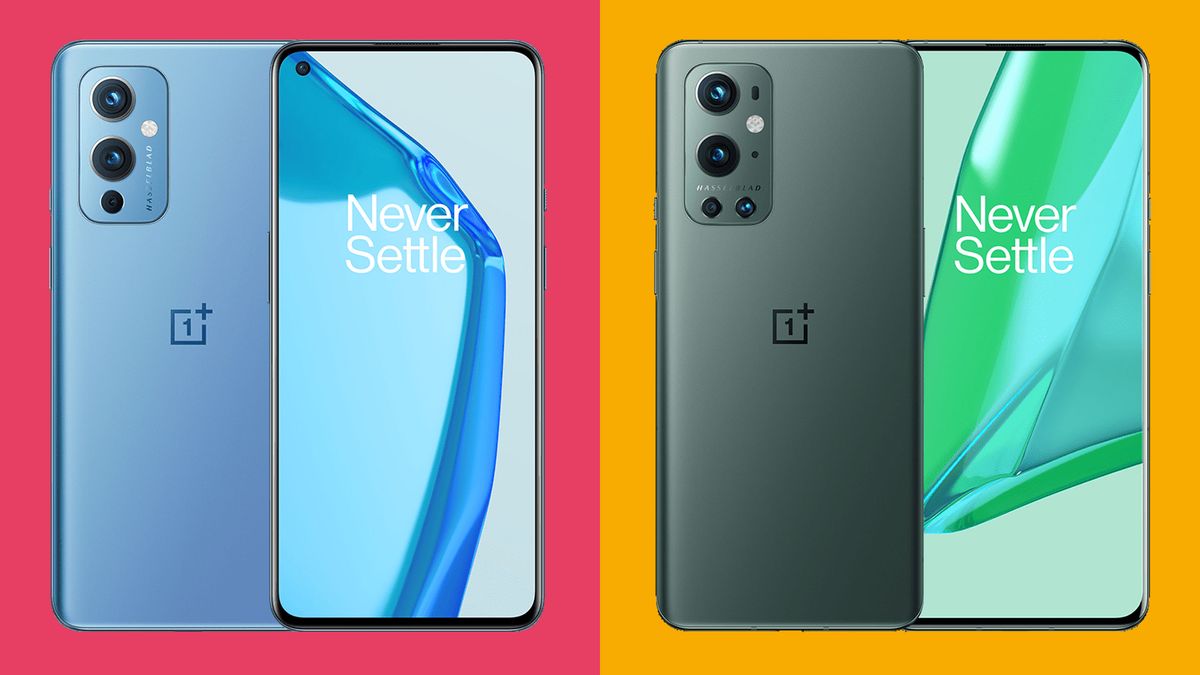Lime launches app-less rides and no fee reservations to get more people riding – TechCrunch
Lime is rolling out several new features, including the ability to rent electric scooters without downloading the app, in an effort to attract more riders.
The micromobility company announced Wednesday a series of product features that aims to remove barriers to entry for new users, while increasing accessibility to its vehicles. The new features include free vehicle reservations up to 10 minutes, closest vehicle recommendations and the option to view the app in dark mode.
The app-less experience is already live in more than half of Lime’s 130 markets, where developers have been monitoring and analyzing its usage. This feature is only available on e-scooters. The free vehicle reservations and recommendations features can be used when renting Lime’s e-scooters and e-bikes — and across every market and language, according to Lime developers.
“We use rider feedback to build out the app or any features associated with it,” senior product manager Vijay Murali told TechCrunch. App store reviews, customer service tickets complaining about a feature or a lack of it, customer surveys and research sessions with riders from around the world all inform the direction developers take with new features. In the case of these latest updates, Murali said the team identified three goals their customers were trying to accomplish.
“The first is that many users are ready to try this new form of transport, but they don’t want to download the app and make the commitment,” said Murali. “The second is a price concern for those who ride with us frequently, and the third is about making it easier, especially in a big city, to find the closest vehicle to you.”
Image Credits: Lime
Now when a customer open the apps, they’ll be directed towards the nearest vehicle and offered the option of reserving it for free, which Murali said streamlines the process of just jumping on a scooter and helps make riding a daily habit.
The app-less riding feature is geared towards those who are new to micromobility, might not have any space on their phones to download the app or are on an expensive international data plan.
To use the feature, customers need to scanning a QR code with their camera app which connects to Apple’s App Clips or Android’s Instant App features. Customers can then confirm the ride and use Apple Pay or Google Pay to start riding. Technically, users are actually downloading a sliver of the app — only 10 megabytes versus 100 megabytes for the full app, and only for eight hours. To the average rider, it just appears as if they’re opening a file or app on their phone, which is a lot quicker than downloading the app, creating an account, adding a payment method and reading a tutorial, which takes about five minutes rather than 30 seconds.
This feature will result in less Lime app downloads, and thus less user data. But Lime says it is more interested in hard sales at the moment.
“We also see a relatively high download conversion rate,” said another senior product manager, Zach Kahn. “The reduction in friction and needing to choose a payment method or vehicle drastically increases that conversion and makes up a meaningful percentage of our first trips now.”
Kahn declined to provide conversion rates for those who were introduced to Lime via app-less rides. Murali also noted that more riders in test cities began reserving vehicles when Lime removed the cost. Previously, adoption was low at around 3%.
“It’s all about ensuring people from different segments of society, in particular underserved areas, have less friction to access Lime vehicles,” said Murali. “In an underserved community, how much a scooter costs to ride is top of mind, so removing these unnecessary reservation fees makes them more likely to ride now.”
Lime, which is backed by Uber and Alphabet, is one of the companies in the running for the coveted New York City pilot e-scooter program in the Bronx, a borough with many low-income communities and transit deserts. Each company has its own unique selling points. Superpedestrian, for example, chooses to err on the side of first-class safety features and geofencing compliance. But Murali says Lime’s leg up comes in its sheer size and ability to quickly execute new features.
“We don’t just say we put riders first, but we figure out exactly how to do it, and then we make those features and improvements in the app happen,” said Murali. “That’s what differentiates us; how much meaningful progress we are making, at what scale and how fast. We have this new tech in the form of App Clips, for example, and we tested it fast, brought a product to market and now we’re rolling it out in every market we can.”
In a statement, Lime claims to be the first micromobility company to introduce app-less riding, however Apple appears to have demoed App Clips by renting a scooter from Spin, which also responded to New York’s RFP. A spokesperson from Spin said the company is working with Apple to bring the App Clip experience to its e-scooters in the future.


